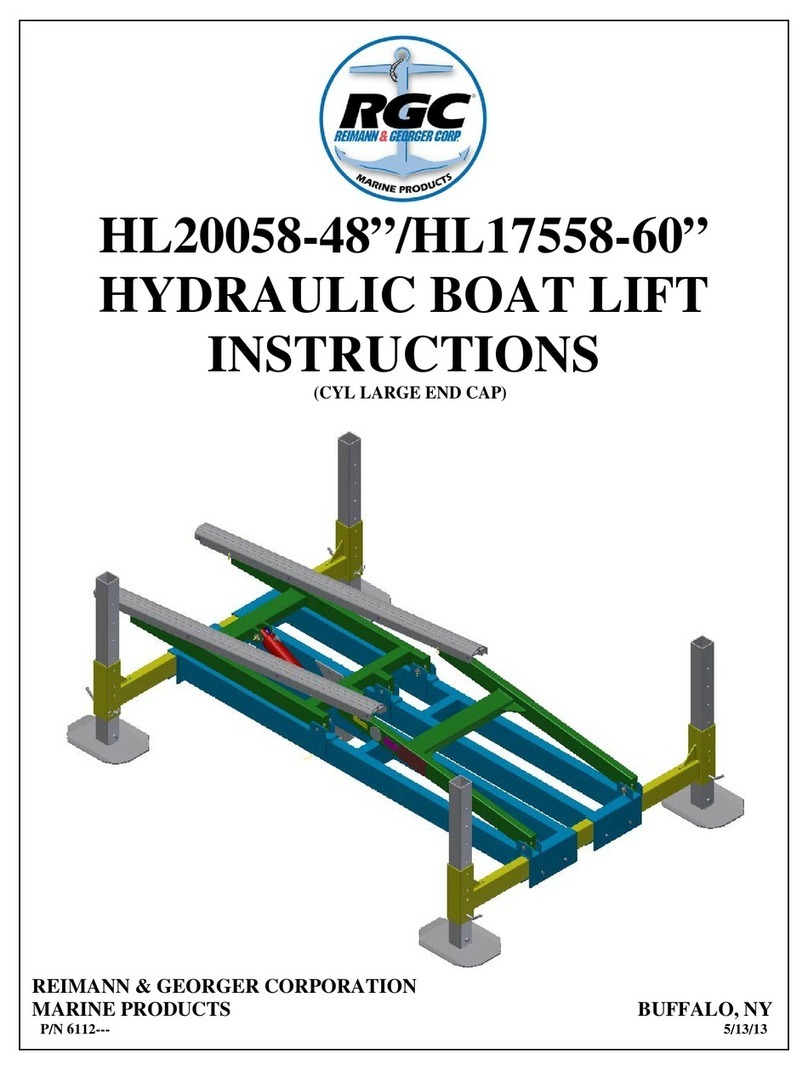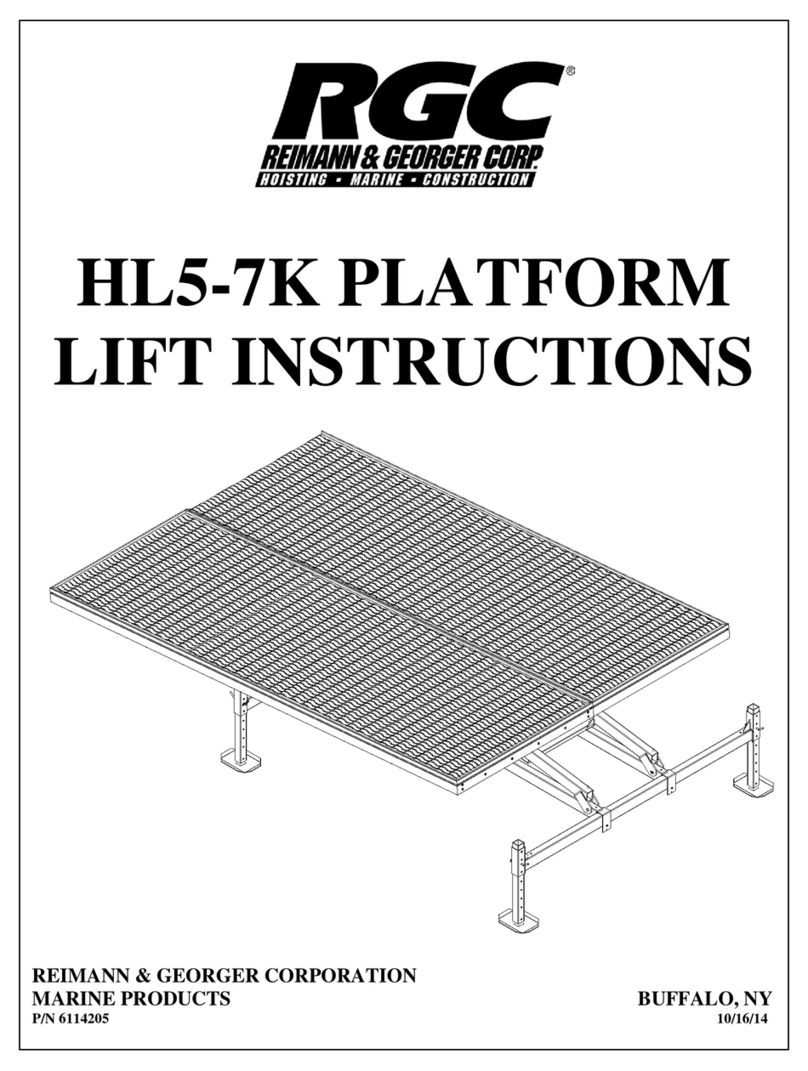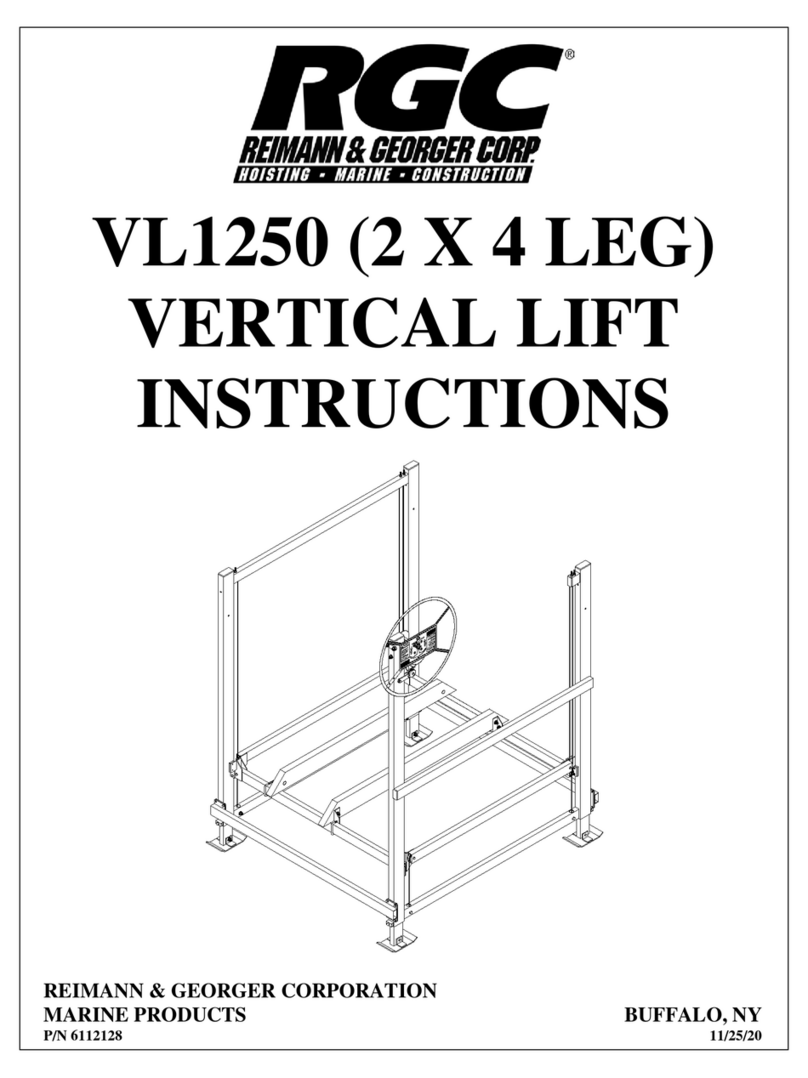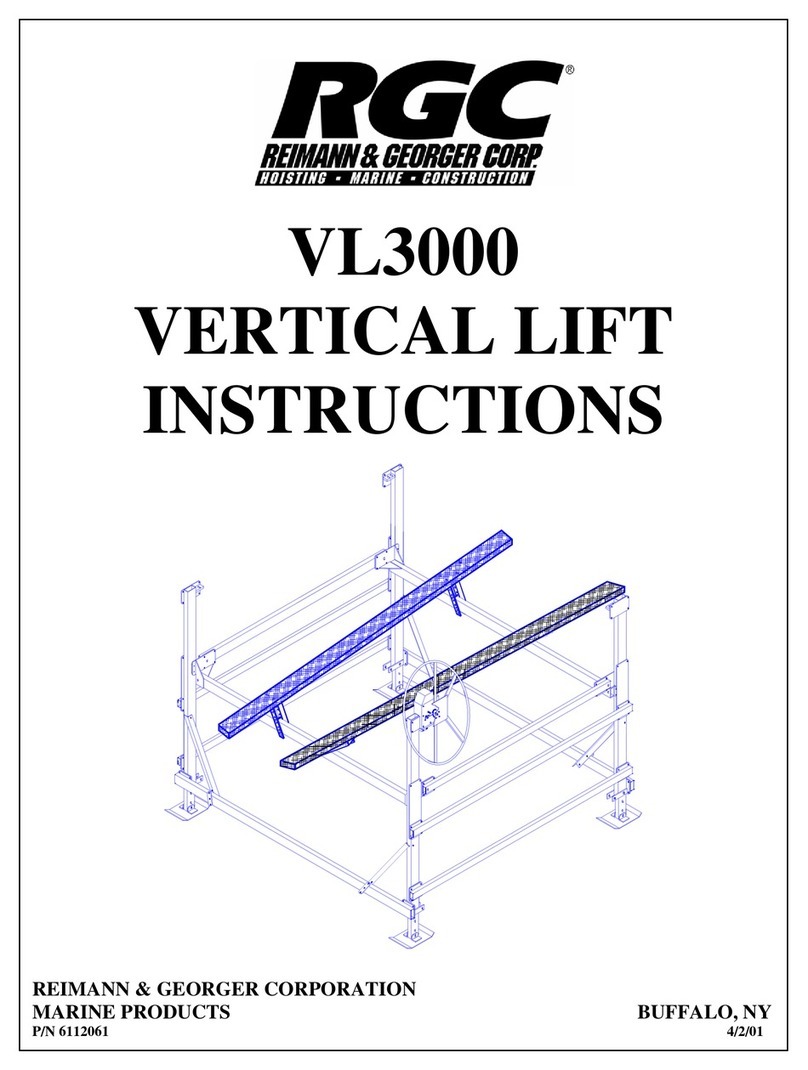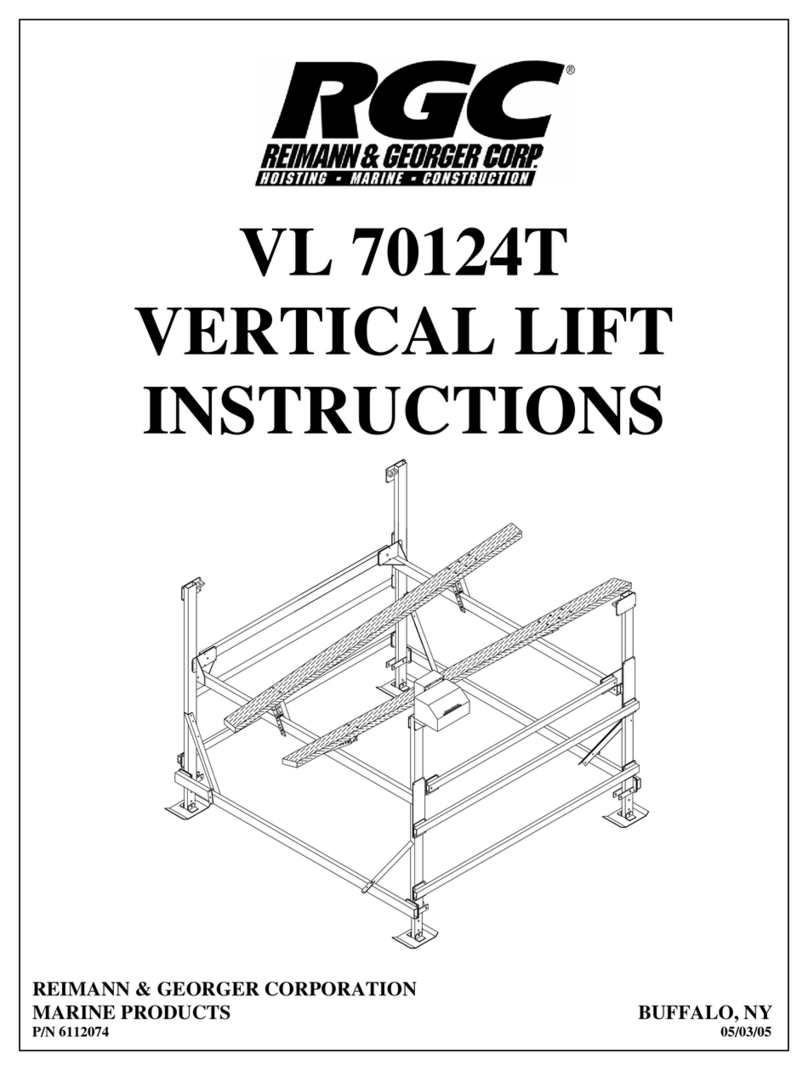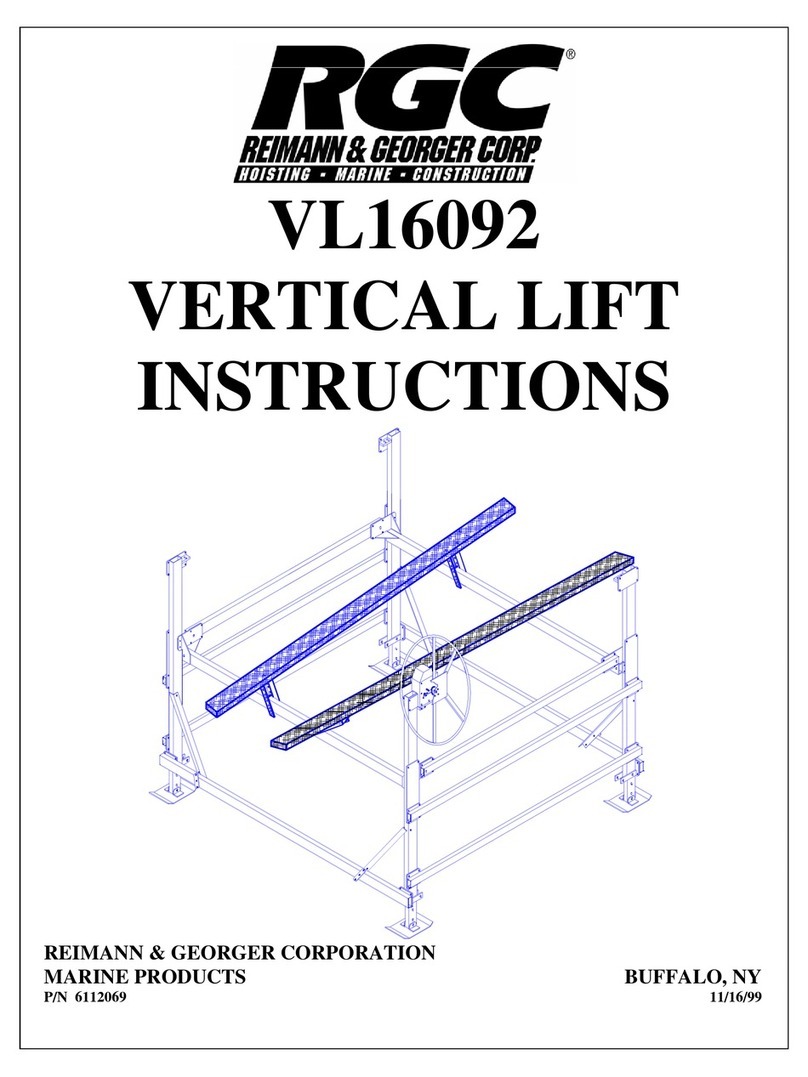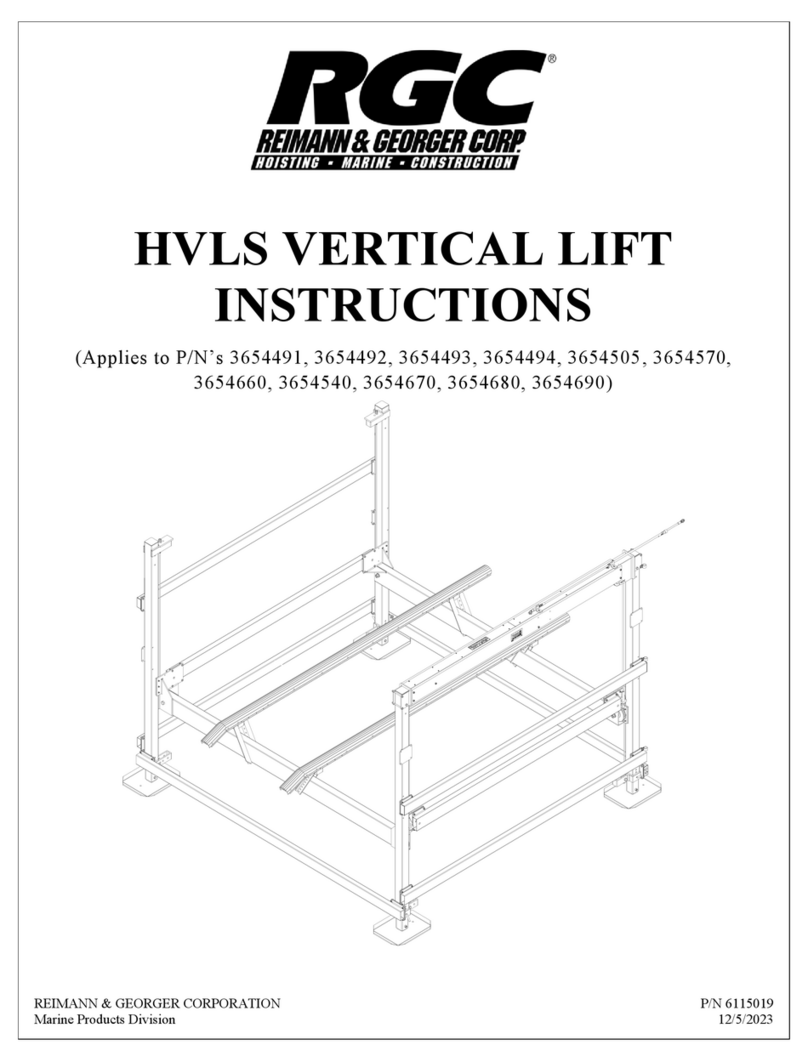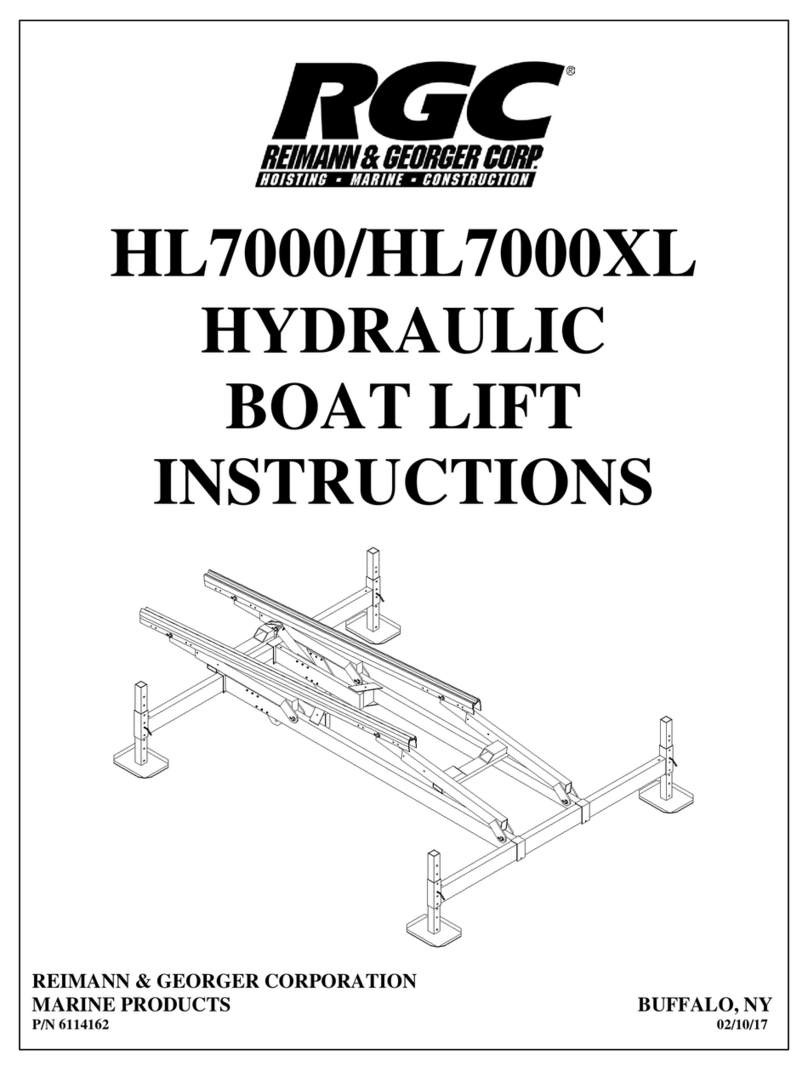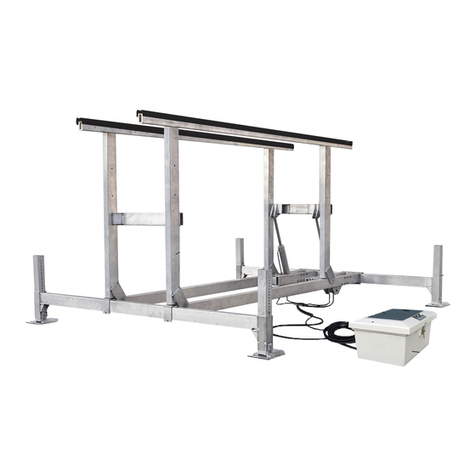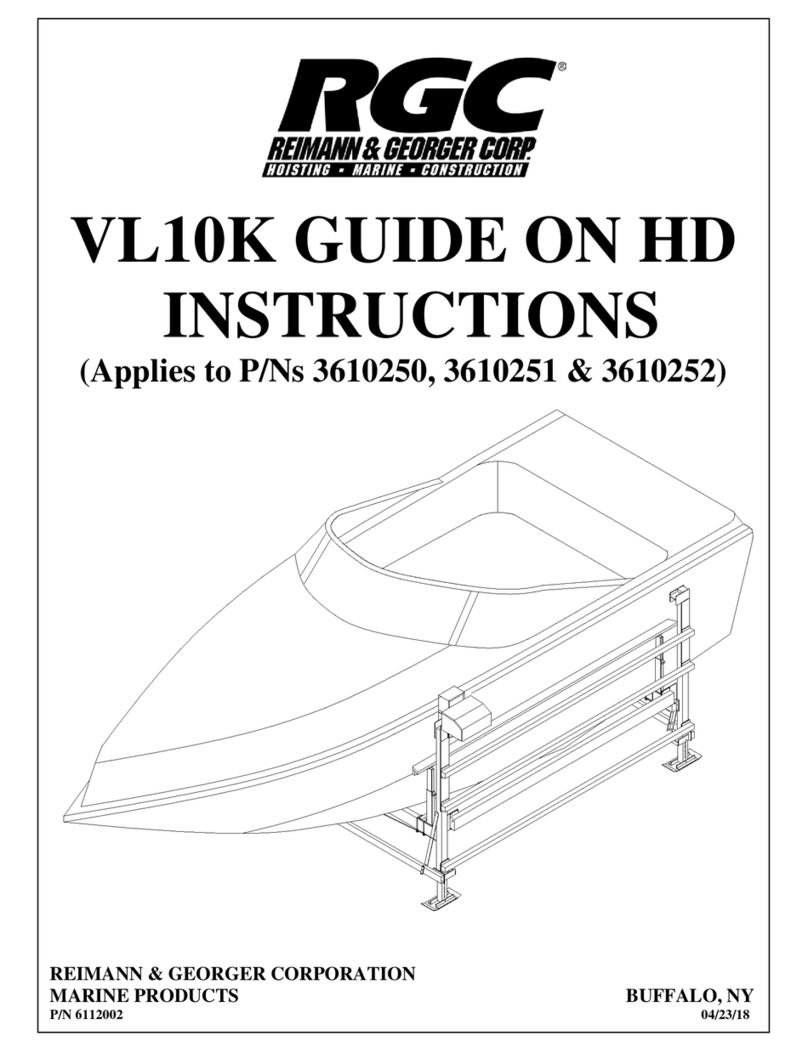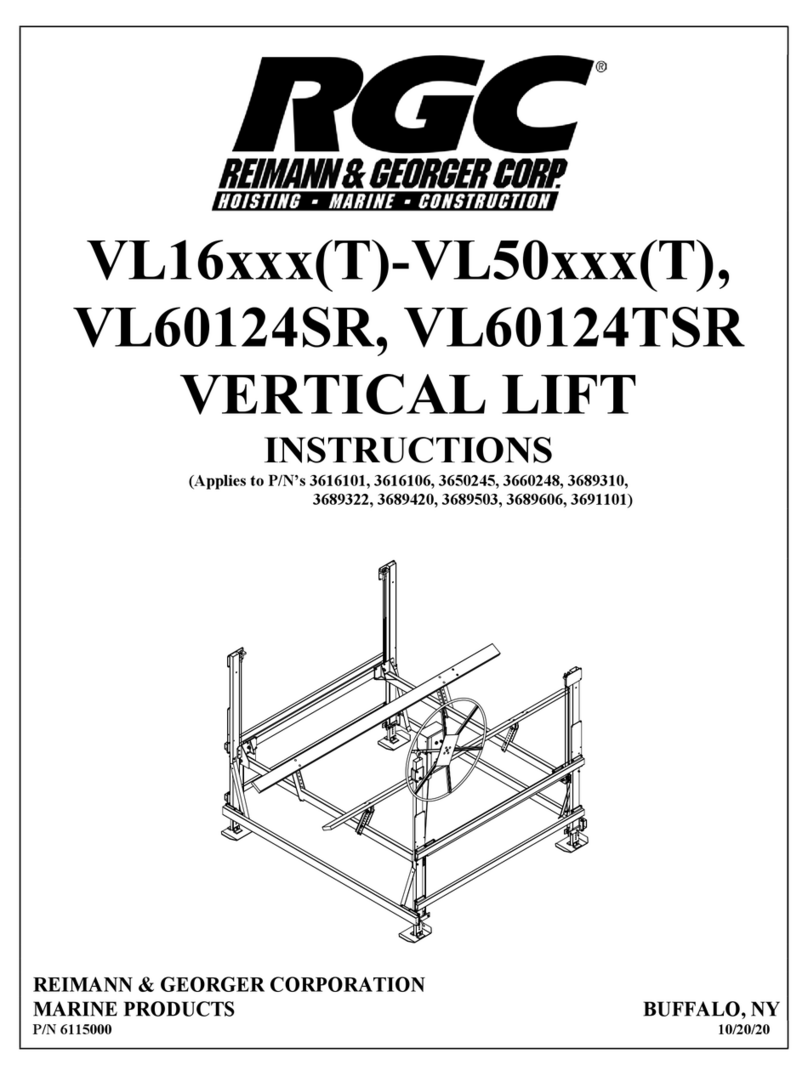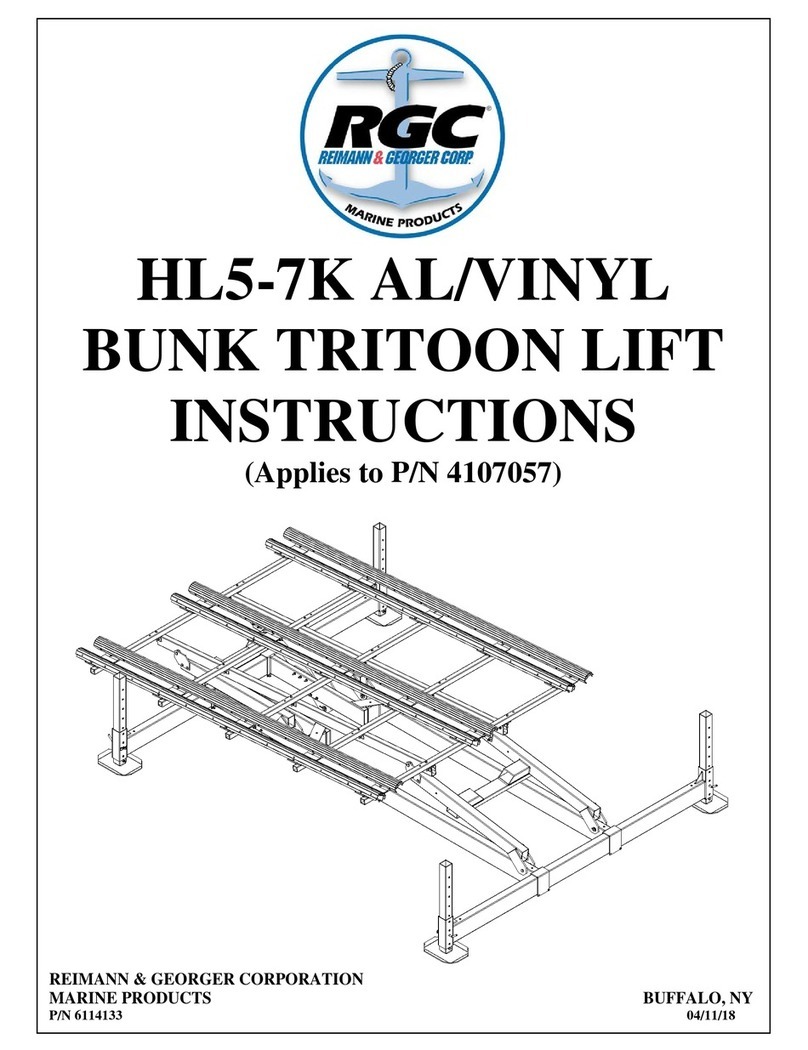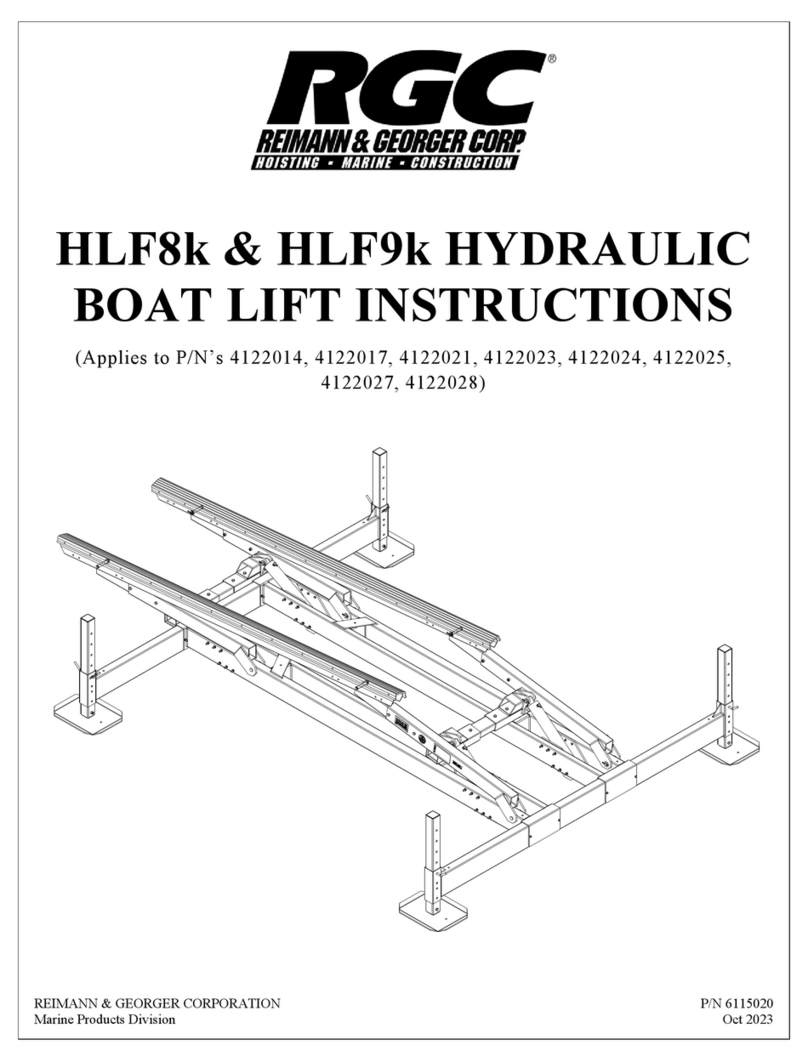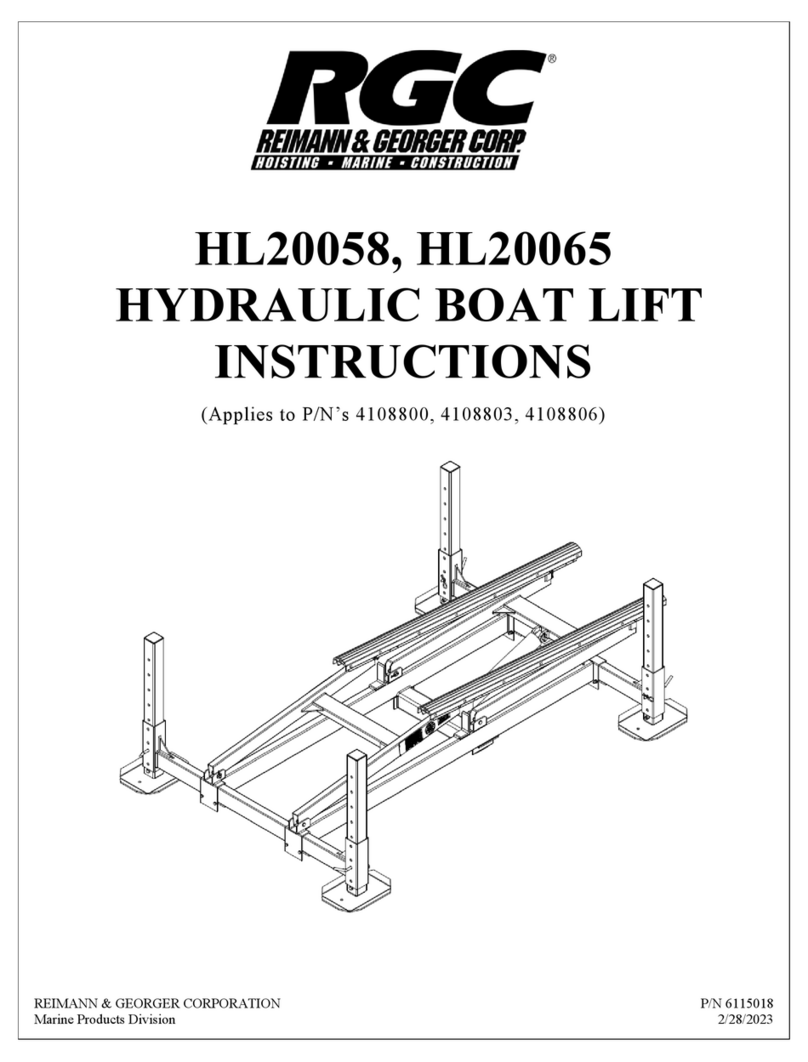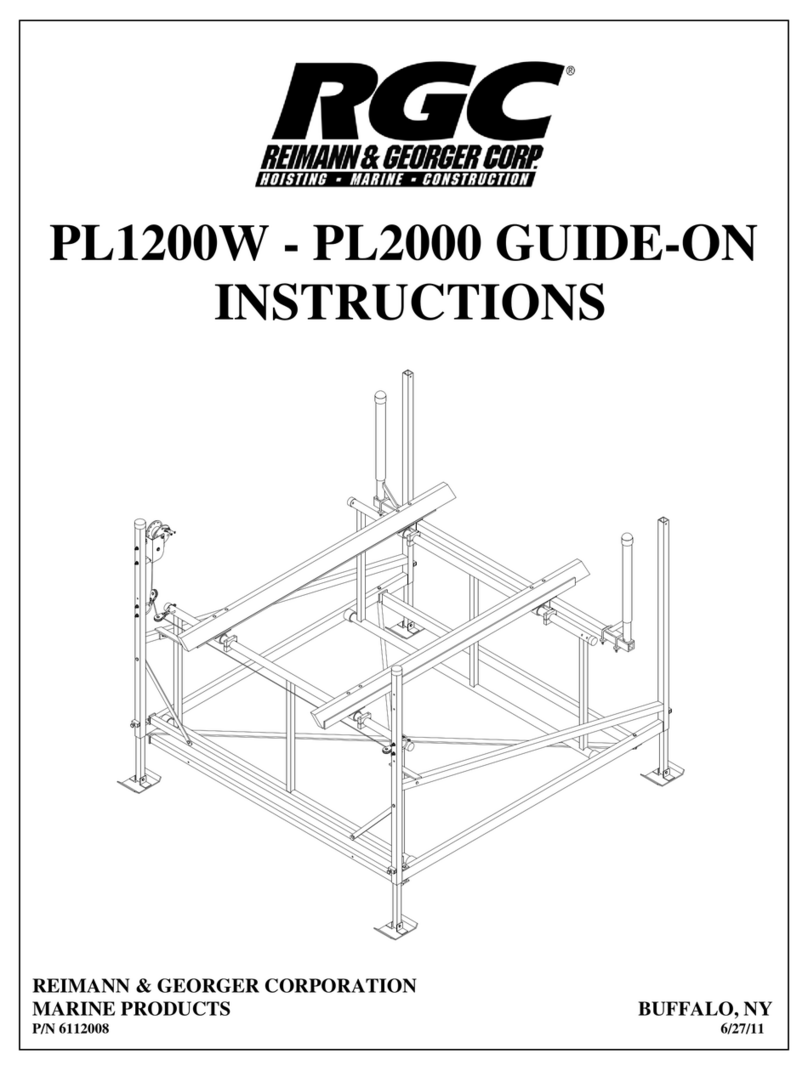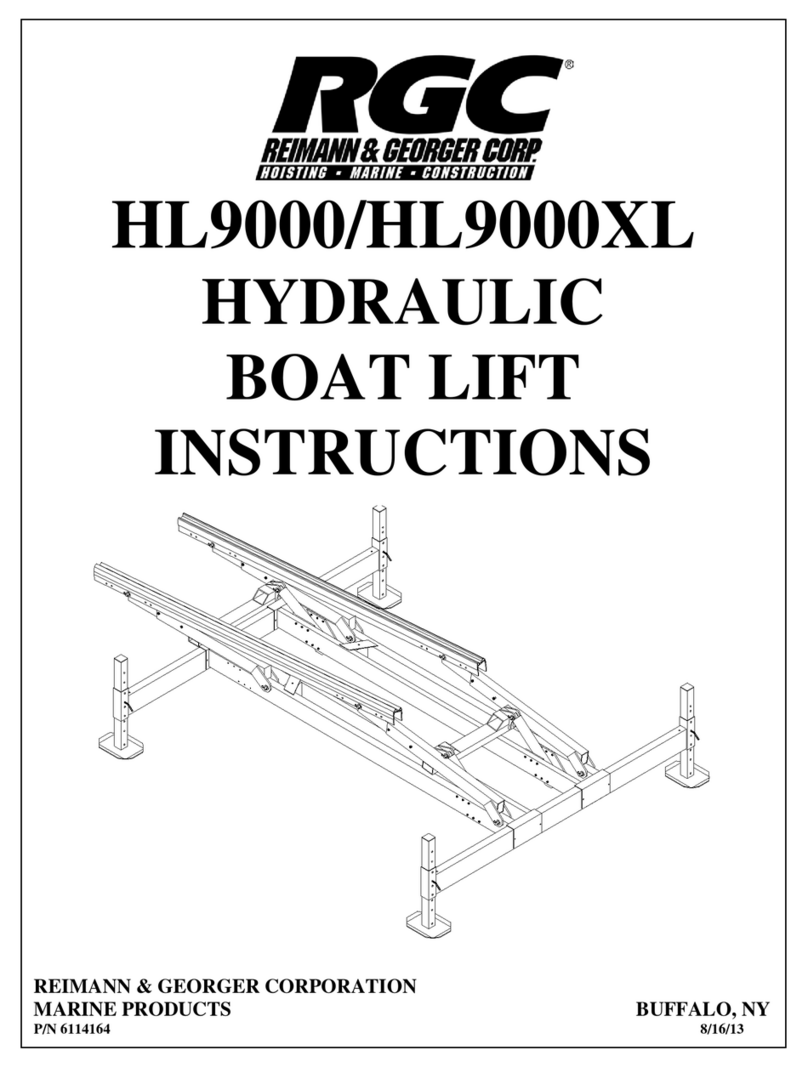
RGC HOISTING PRODUCTS PHONE: (716) 895-1156
TABLE OF CONTENTS
CHAPTER DESCRIPTION PAGE
1 SAFETY .......................................................................................................................................1
1.1 Introduction ...................................................................................................................................1
1.2 Safety Definitions..........................................................................................................................1
1.3 PRO Drive Safety Labels...............................................................................................................1
1.4 PRO Drive Safety Rules ................................................................................................................1
2 SPECIFICATIONS .....................................................................................................................3
2.1 PRO Drive Specifications..............................................................................................................3
2.2 Complete System Specifications....................................................................................................3
2.3 Nameplate and Serial Number Tag................................................................................................3
3 INSTALLATION AND SETUP .................................................................................................4
3.1 Prior to Setup.................................................................................................................................4
4 OPERATION...............................................................................................................................5
4.1 Before Operating the PRO Drive...................................................................................................5
4.2 PRO Drive Startup.........................................................................................................................5
4.2.1 Gas Engine Startup ........................................................................................................................5
4.2.2 Electric Motor Startup ...................................................................................................................6
4.3 Raising and Lowering the Load.....................................................................................................6
4.4 Preparing PRO Drive for Shutdown ..............................................................................................7
5 DISASSEMBLY...........................................................................................................................8
5.1 Prior to Disassembly......................................................................................................................8
6 INSPECTION AND MAINTENANCE .....................................................................................9
6.1 General Maintenance Rules...........................................................................................................9
6.2 Initial Inspection............................................................................................................................9
6.3 Daily Inspection.............................................................................................................................9
6.4 Oiling Mechanical Parts...............................................................................................................10
6.5 Engine Oil Requirement ..............................................................................................................10
6.5.1 Briggs & Stratton Engines...........................................................................................................10
6.5.2 Honda Engines.............................................................................................................................10
6.6 Engine Maintenance ....................................................................................................................11
6.7 Wire Rope Inspection Procedure.................................................................................................11
6.8 Replacing PRO Drive Wire Rope................................................................................................12
6.9 PRO Drive Brake/Clutch Cable Adjustment................................................................................13
6.10 PRO Drive Brake Adjustment .....................................................................................................14
7 TROUBLESHOOTING............................................................................................................16
8 PARTS LISTS............................................................................................................................17
8.1 PRO Drive G & HG.....................................................................................................................17
8.2 PRO Drive E................................................................................................................................19
LIST OF FIGURES












